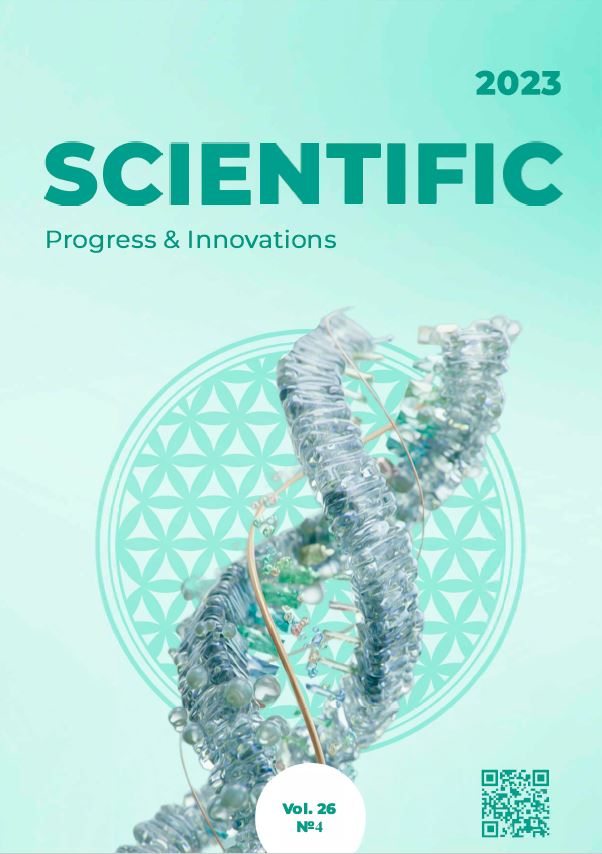Analysis of the technological air pollution of Poltava city
DOI:
https://doi.org/10.31210/spi2023.26.04.15Keywords:
atmospheric air pollution, technogenic load, city, emissions of pollutantsAbstract
Anthropogenic air pollution is one of the biggest problems of our time. The state of the atmosphere is closely linked to climate change and human activities. Climate change and the effects of global warming are seriously affecting natural ecosystems, and air pollution can have negative effects on human health. Air pollution has the greatest impact on people in large cities, making urban air quality the leading environmental cause of morbidity and mortality worldwide. Therefore, air quality, especially in cities, is one of the most important prerequisites for a full life of the population and the preservation of a healthy environment for future generations. The purpose of the study was to carry out an analysis of man-made pollution of the atmospheric air and an analysis of the concentration of pollutants in the atmospheric air of the city of Poltava. The results of the analysis of the volume of pollutant emissions into the atmosphere in the Poltava agglomeration showed a positive trend towards a decrease in emissions into the atmosphere from 2016 to 2020. The statistical data on the volume of pollutant emissions from stationary sources show a general trend towards a decrease in the volume of pollutant emissions from 1.208823 thousand tonnes to 0.855055 thousand tonnes, and thus a decrease in the anthropogenic burden on the atmospheric air. This is due to the fact that the number of stationary emission sources in the Poltava region has decreased to 494 enterprises. The largest polluter of the atmosphere is the Poltava GZK, which accounts for 21 % of the regional emissions into the atmosphere. The increase in the number of motor vehicles from 2016 to 2020 also indicates an increase in the load of polluting substances into the atmospheric air. The analysis of atmospheric emissions showed that the main pollutants in the city are: solid particles, carbon monoxide, nitrogen compounds, dioxide and other sulphur compounds, metals and their compounds. The study of the concentrations of the main pollutants shows that the concentration of carbon dioxide was the highest among the concentrations of all the pollutants. Therefore, from 2019 to 2022, a negative trend was observed in the increase of carbon dioxide concentration in the city of Poltava, which indicates the presence of risks related to climate change.

 Creative Commons Attribution 4.0 International Licens
Creative Commons Attribution 4.0 International Licens